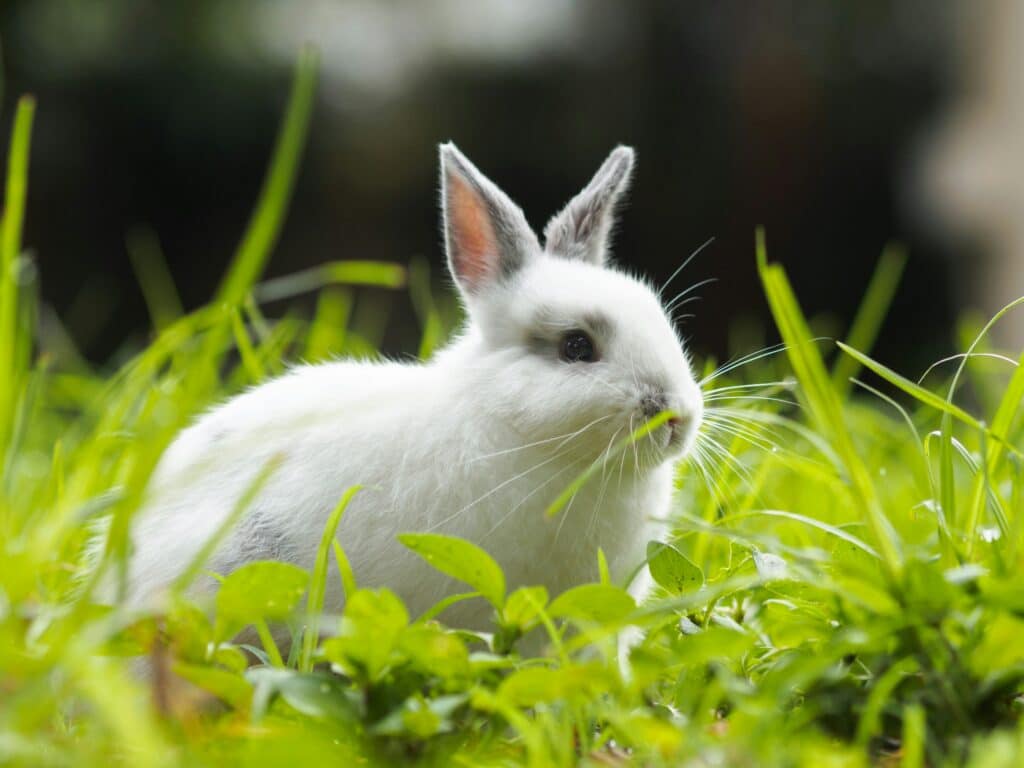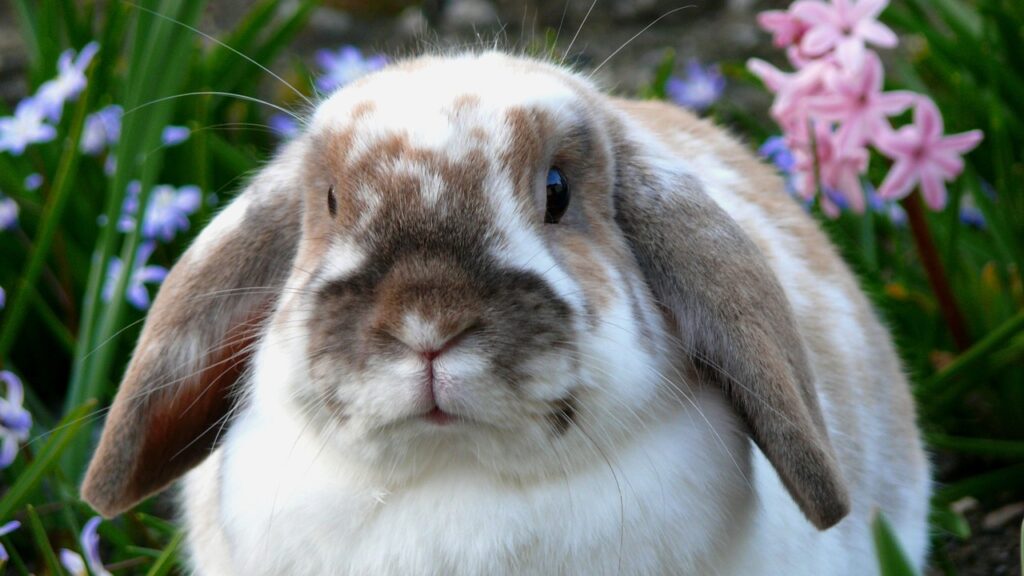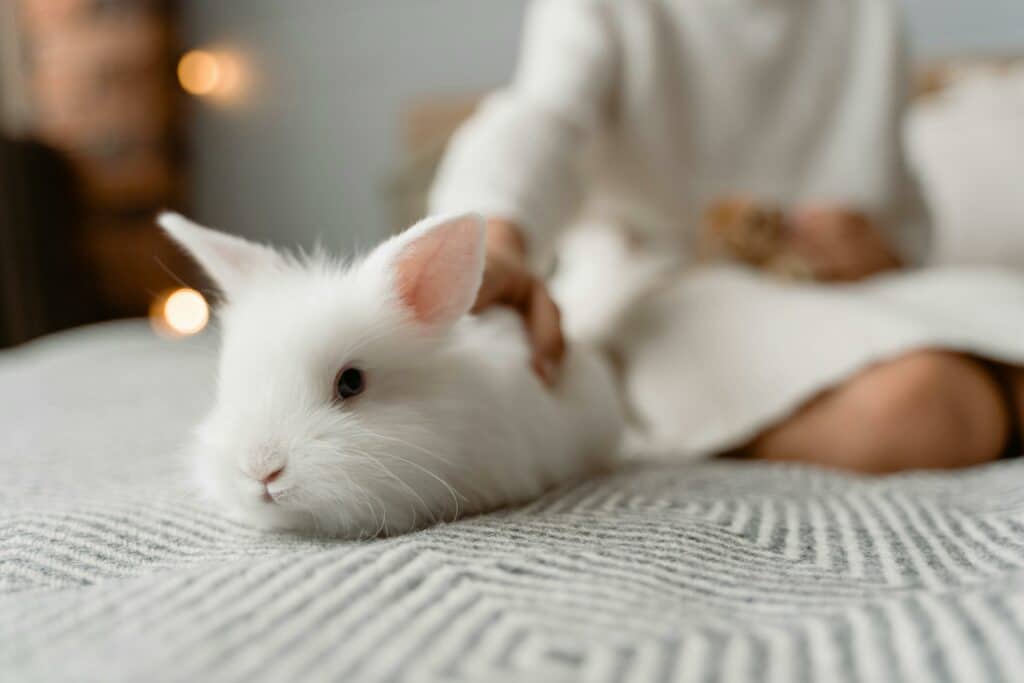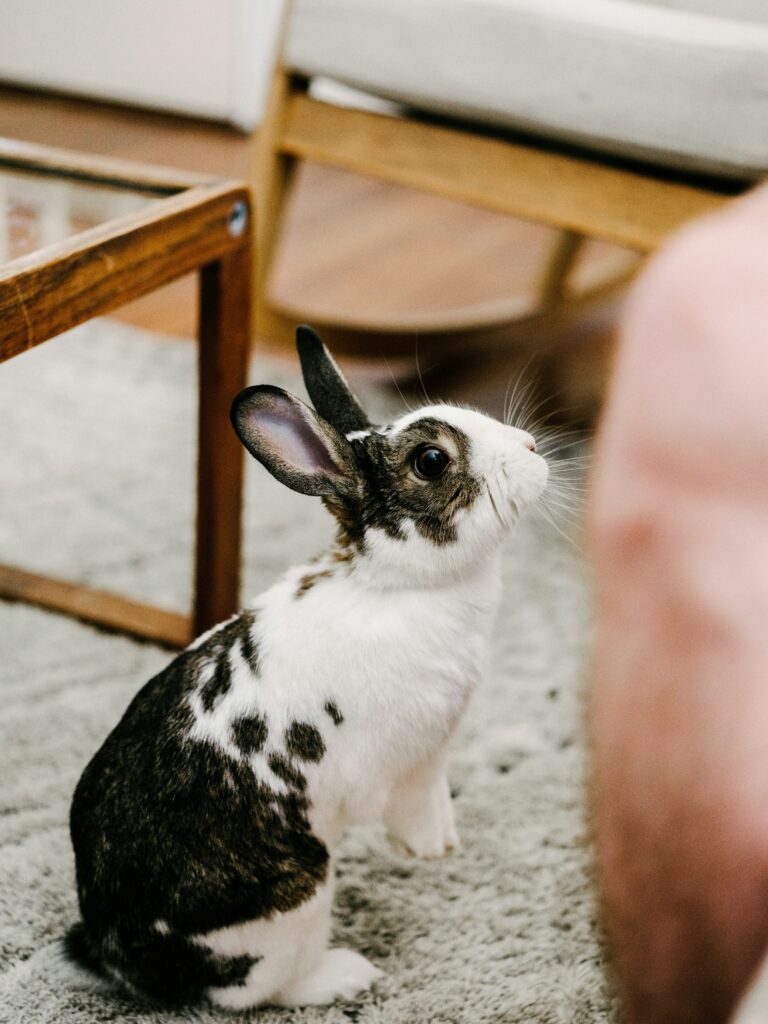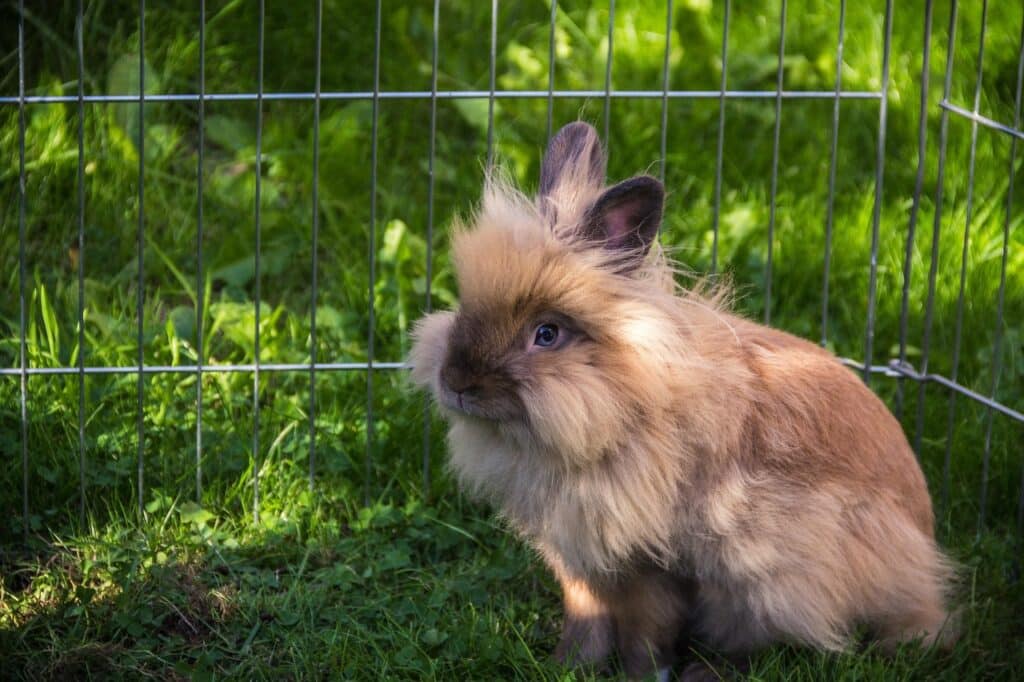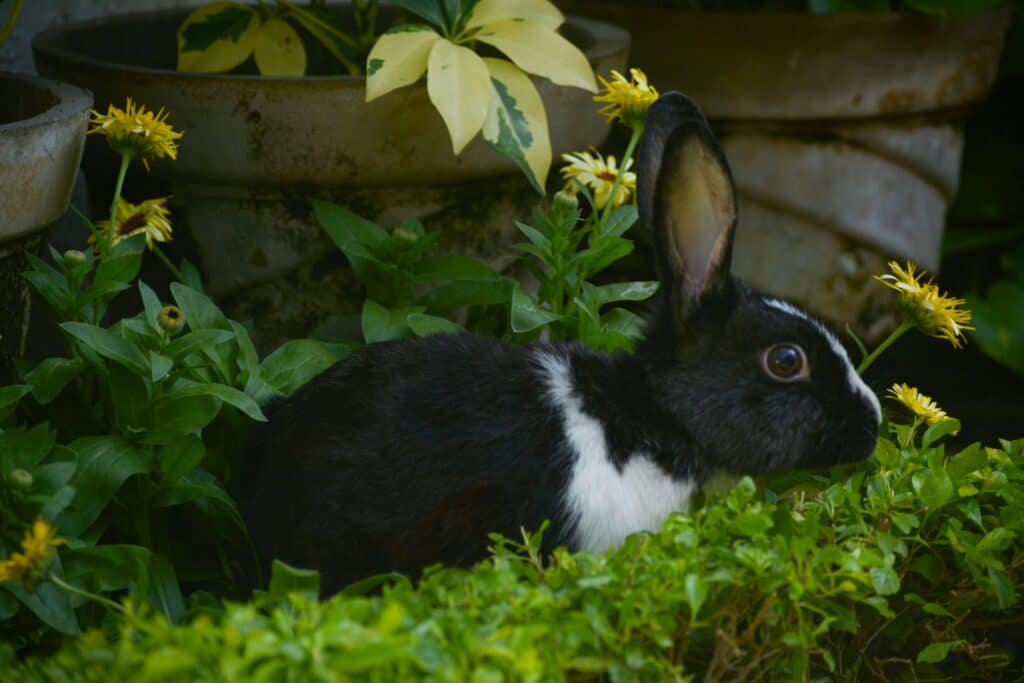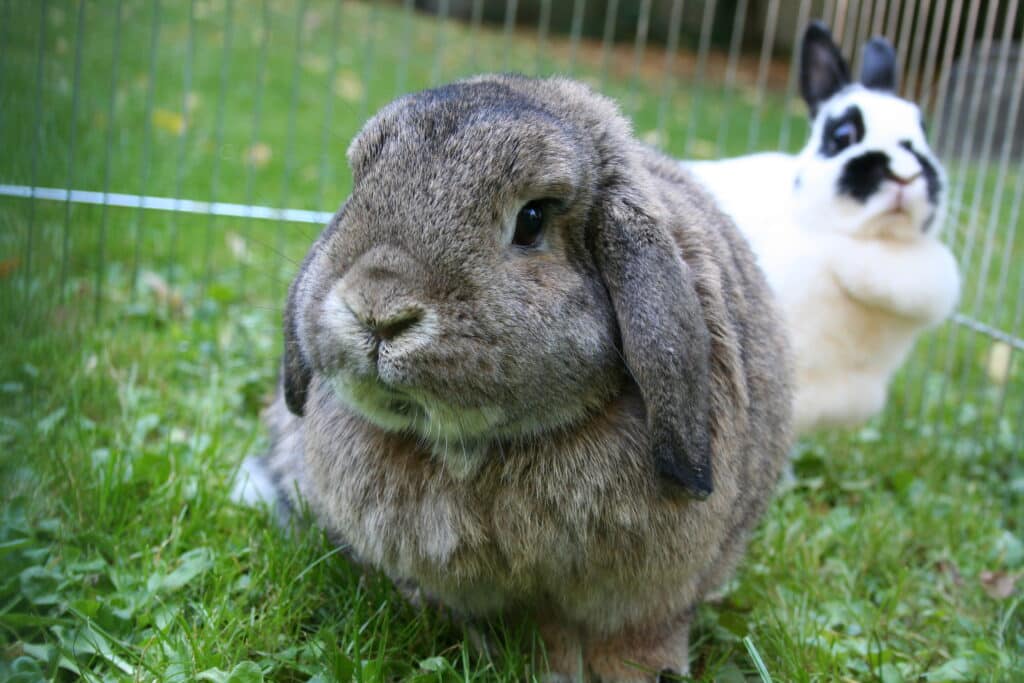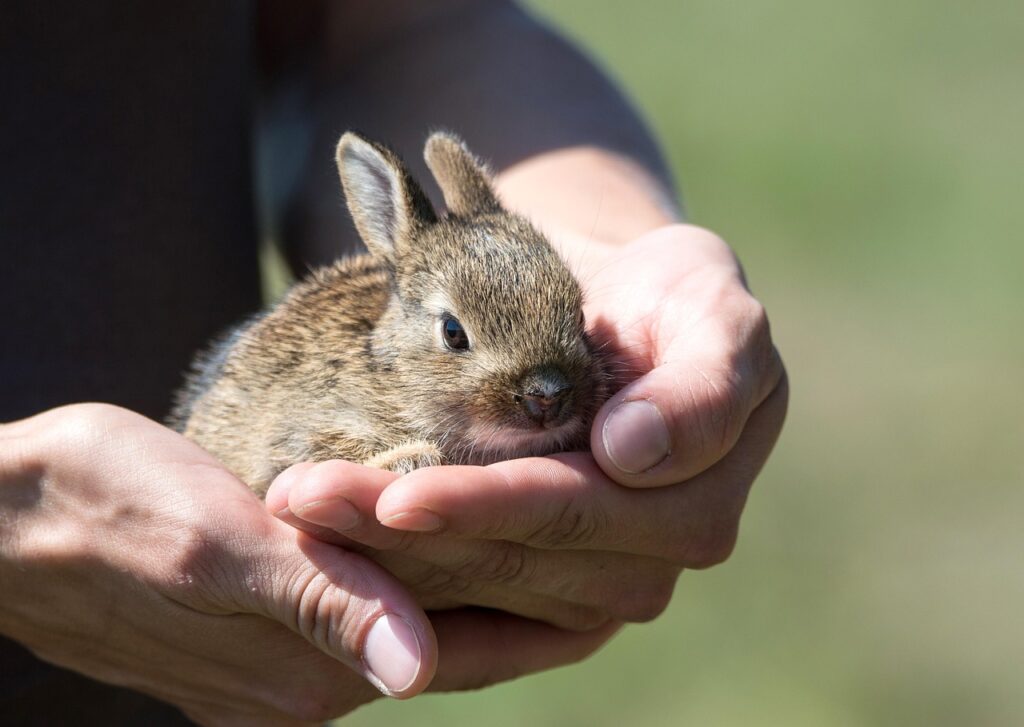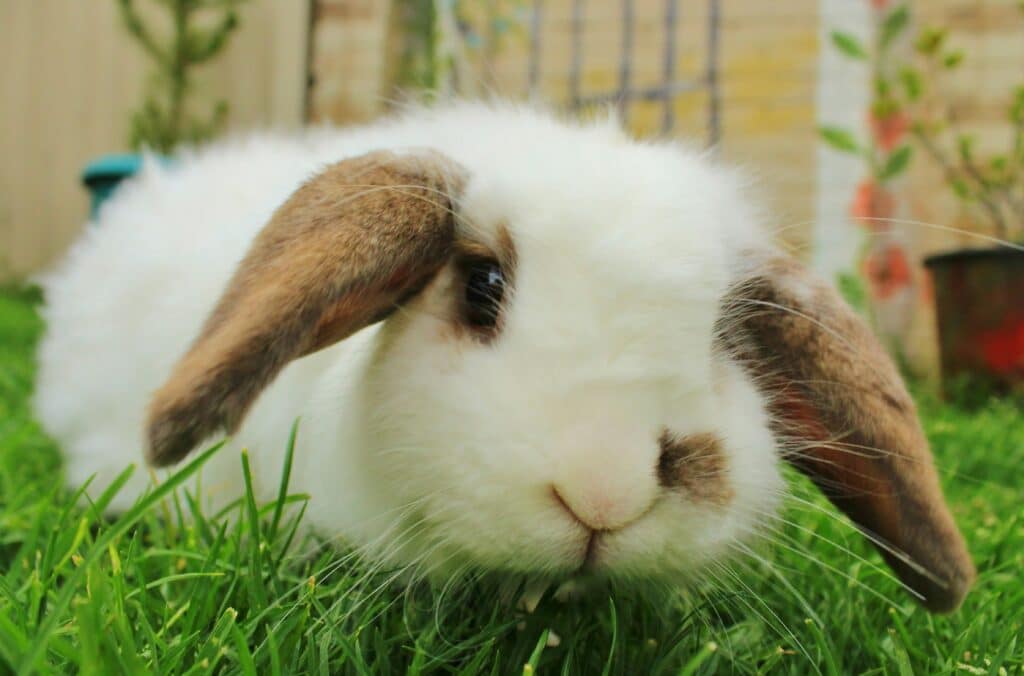Knowing how to bathe your dog properly is essential for every pet parent. While our furry friends might not always love bath time, regular grooming helps maintain their health and keeps them smelling fresh. This comprehensive guide will walk you through the process step-by-step, ensuring a stress-free experience for both you and your pet.

Essential Preparation Steps
Before starting the bath, gather all necessary supplies within arm’s reach. You’ll need:
Dog-specific shampoo tailored to your pet’s coat type and any skin conditions they may have. The right temperature and environment are crucial – prepare lukewarm water and ensure the bathing area is slip-proof and comfortable.
Choosing the Right Location
Select an appropriate bathing spot based on your dog’s size and comfort level. While smaller dogs can be bathed in kitchen sinks, larger breeds typically need a bathtub or outdoor space. The location should be well-ventilated and warm to prevent your pet from getting chilled.
Pre-Bath Brushing
Thoroughly brush your dog’s coat before getting them wet. This helps remove loose fur, tangles, and debris, making the bathing process more effective. Pay special attention to areas prone to matting, such as behind the ears and under the legs.
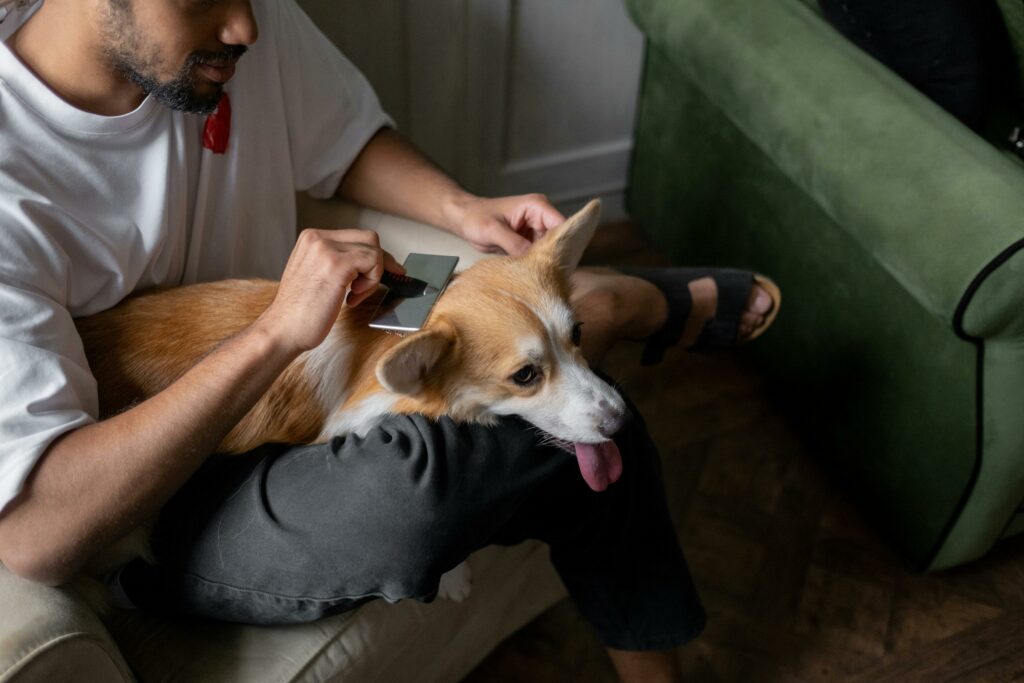
The Bathing Process
Start by thoroughly wetting your dog’s coat, working from neck to tail. Keep water and soap away from their eyes and ears – use a washcloth for cleaning the face area. Apply shampoo in this order:
- Neck and chest
- Back and sides
- Legs and paws
- Tail and hindquarters
Massage the shampoo deeply into their coat, ensuring it reaches the skin. This promotes better cleaning and turns bath time into a relaxing experience for your pet.
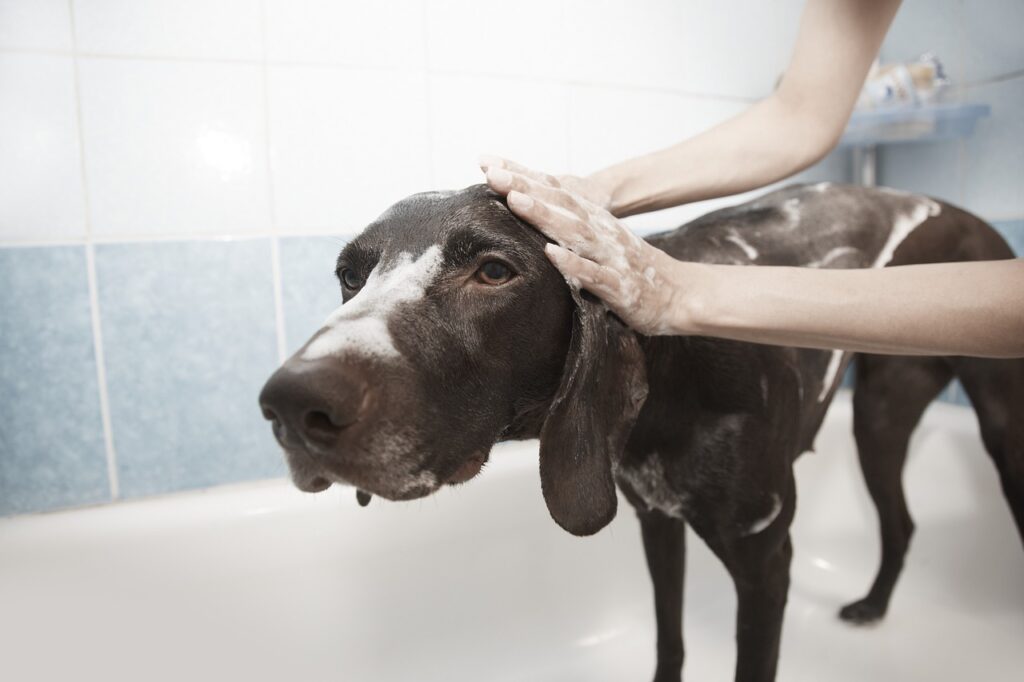
Proper Rinsing Technique
Complete rinsing is crucial – any soap residue can cause skin irritation. Continue rinsing until the water runs clear, paying special attention to dense fur areas. Many professional groomers recommend rinsing twice to ensure all product is removed.
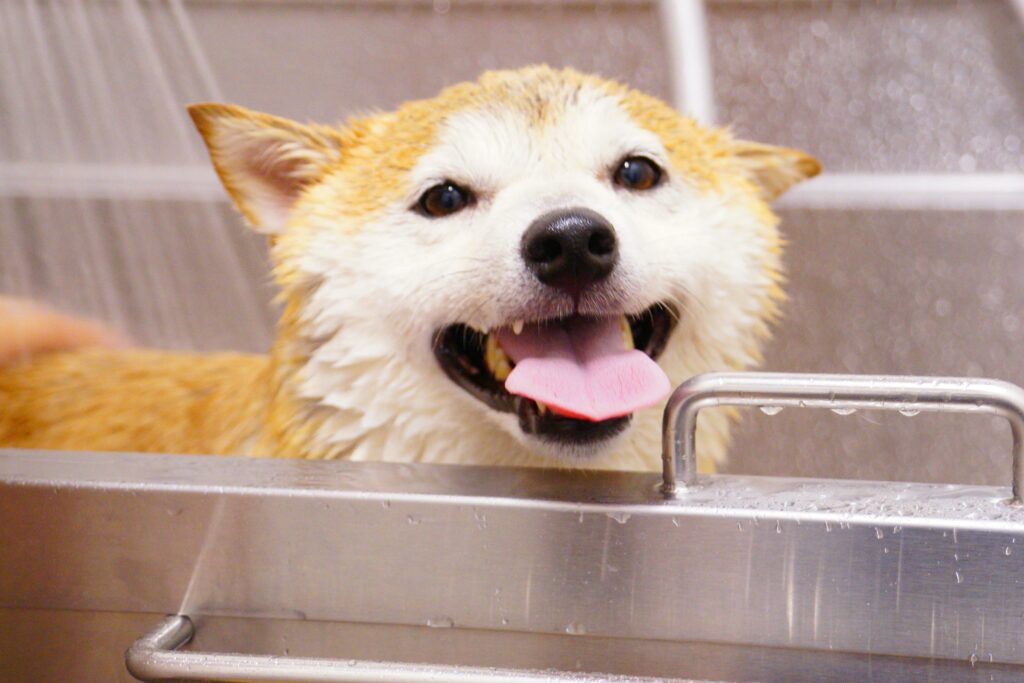
Drying and Post-Bath Care
Properly drying your dog prevents skin issues and keeps them comfortable. Start with towel drying to remove excess water, then consider these options:
- Air drying in a warm room
- Using a pet-specific blow dryer on low heat
- Combining both methods for thick-coated breeds
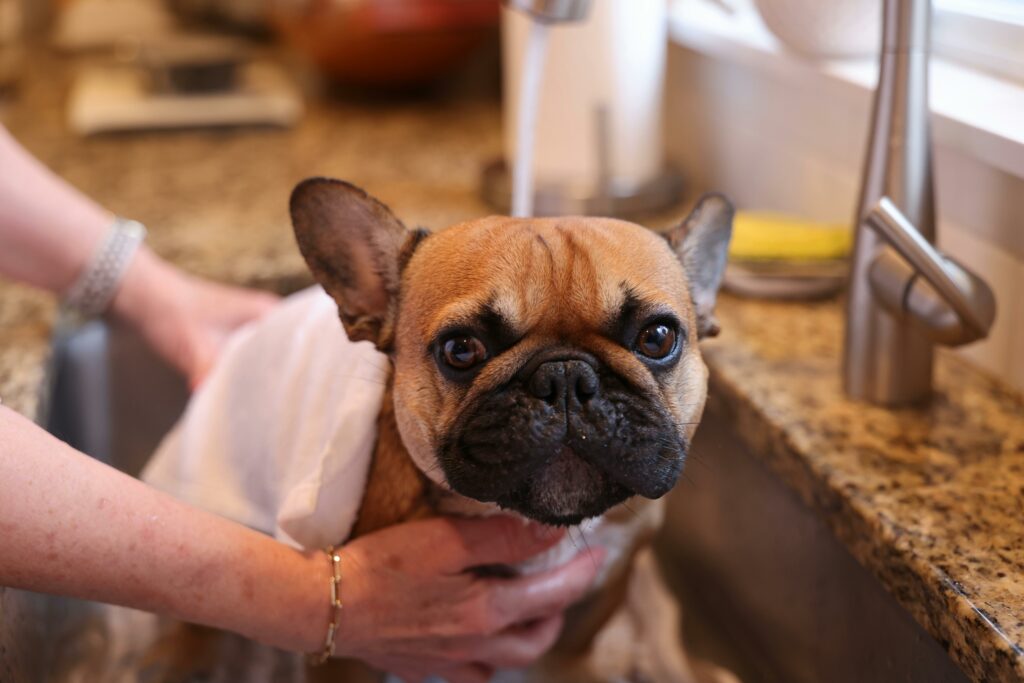
Establishing a Bathing Schedule
The frequency of baths depends on various factors, including your dog’s:
- Coat type and length
- Activity level
- Skin conditions
- Environmental exposure
Most dogs need bathing every 4-8 weeks, but consult your veterinarian for personalized recommendations.
Conclusion
Mastering how to bathe your dog takes practice and patience. By following these steps and maintaining consistency, you’ll create a positive experience that benefits both you and your furry friend. Remember to reward your pet after bath time to reinforce good behavior.
References
It’s Bath Time! Towels, Brushes, Dog Shampoo, and More – https://www.akc.org/expert-advice/health/its-bath-time-towels-brushes-dog-shampoo-and-more/
How Often Should You Bathe Your Dog? – https://www.petmd.com/dog/general-health/how-often-should-you-bathe-your-dog
Dog Grooming Tips – https://www.aspca.org/pet-care/dog-care/dog-grooming-tips































